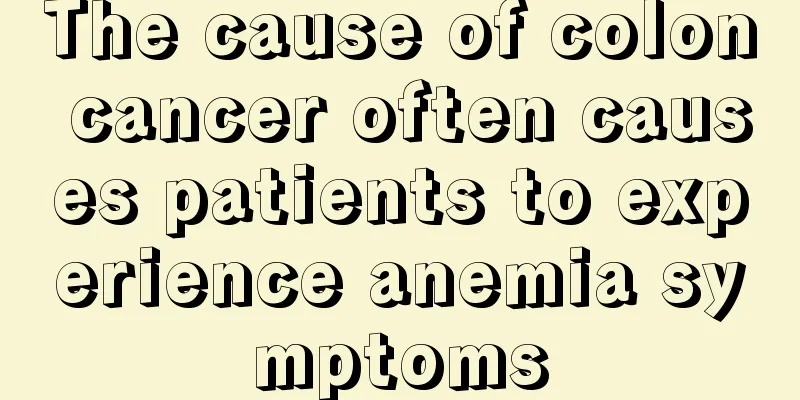What is Keshan disease? Common symptoms of Keshan disease

|
Common symptoms of Keshan disease include dyspnea, pale complexion, dizziness, and nausea. Clinically, there are three types of Keshan disease: acute, chronic, and subacute. The most common is acute. Acute Keshan disease is more likely to occur in winter and the onset is also relatively rapid. : : : : : : : : : : : : : : : 2. The subacute type mostly occurs in children after weaning and in preschool children (2 to 5 years old), and is more common in summer and autumn. The onset is slow, and the main symptoms are often body edema, mental depression, loss of appetite, and dull complexion. Chronic heart failure often occurs about 1 week after the onset of symptoms. A few may develop cardiogenic shock. Physical examination can show facial and body edema, enlarged heart, increased heart rate, often gallop rhythm and congestive hepatomegaly. If the condition has not been relieved after 3 months of onset, it will turn into a chronic type. 3. The slow type develops slowly, and may develop gradually from the asymptomatic stage, or it may be a transition from other types. The main clinical manifestations are chronic congestive heart failure, with palpitations, dyspnea, edema, liver congestion, enlarged heart borders, weakened first heart sound, gallop rhythm and various arrhythmias, especially ventricular premature contractions and atrial fibrillation. There may be murmurs of relative mitral and tricuspid regurgitation, and pleural effusion, ascites and pericardial effusion as well as corresponding symptoms and signs may also occur. Complications of chronic heart failure such as pulmonary infarction may also occur. In addition, due to the detachment of thrombi attached to the heart wall, embolism of the brain, kidneys, spleen, mesentery, etc. may occur. During the course of chronic Keshan disease, if symptoms and signs of acute cardiogenic shock appear, it is called chronic acute attack. 4. The latent type is often asymptomatic, with good cardiac function compensation, but there may be slight enlargement of the heart border. The electrocardiogram may show premature ventricular contractions or complete right bundle branch block or ST-T changes. It may be a latent type when discovered, called the stable latent type, with a good prognosis; it may also be a transition from other types, called the unstable latent type, with a worse prognosis than the stable latent type. |
<<: How to lose weight with anemia-type obesity? Chinese medicine secret recipes can help
>>: Quickly improve IQ in 7 days, several ways to improve IQ
Recommend
What causes brown discharge?
Brown discharge is a phenomenon that many women w...
What is the most serious symptom of cerebral infarction
Cerebral infarction is very harmful to human heal...
Can you still drink expired honey?
Many people believe that honey is the only food t...
Correct use of honey and egg white
A facial mask made of honey and egg white can be ...
Is it good to eat too much peach gum?
Eating peach gum is good for your health, and it ...
Are there any side effects of abdominal breathing during exercise?
In normal times, many people love to do sports, b...
Can tangerine peel be used for foot soaking?
Soaking your feet before going to bed every night...
How to treat raised flesh on scars
In life, we are sure to have encountered bumps of...
What is the post-operative care method for laser mole removal?
Laser is used in the treatment of many diseases, ...
Using mosquito coils to repel mosquitoes in summer is very harmful! Light this thing and the mosquitoes will disappear without a trace
With the arrival of summer, there are more mosqui...
How to get rid of acne on the back
The celebrity supermodels all show their backs, w...
Will using lubricant affect pregnancy
Anyone who has had sexual experience should know ...
The efficacy of Sophora japonica scrambled eggs and the people who are suitable to eat them
Sophora flowers are the flowers and stamens of th...
Symptoms of brain hypoxia
Social development is a good thing, but at the sa...
Shell beads and pearls, do you know the differences?
Everyone is familiar with pearls, and they are al...









